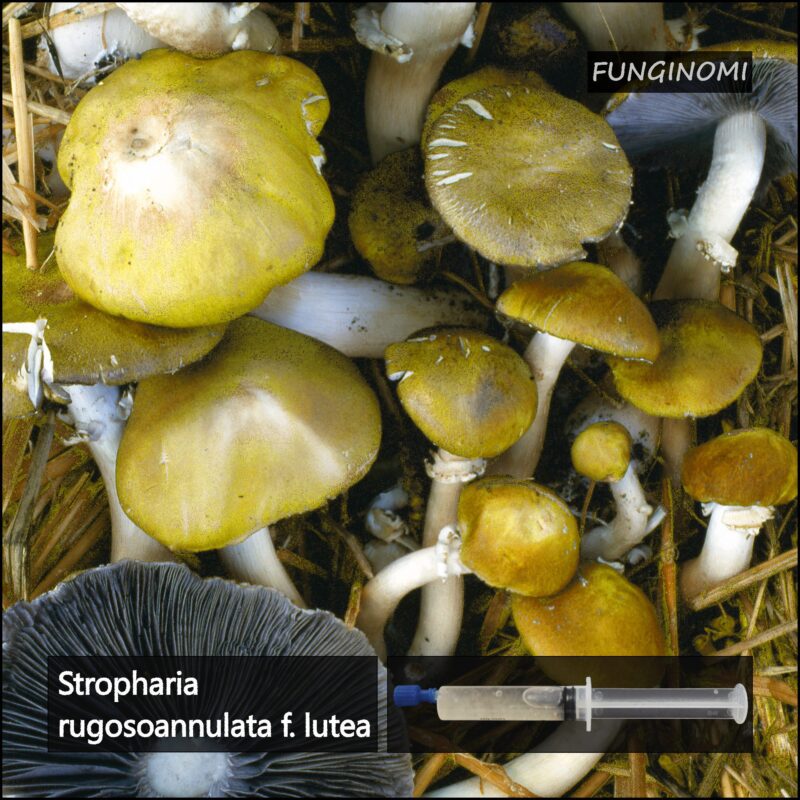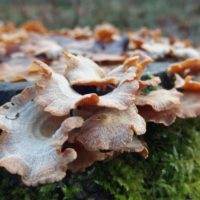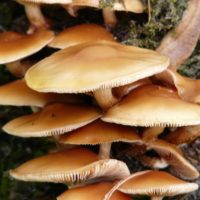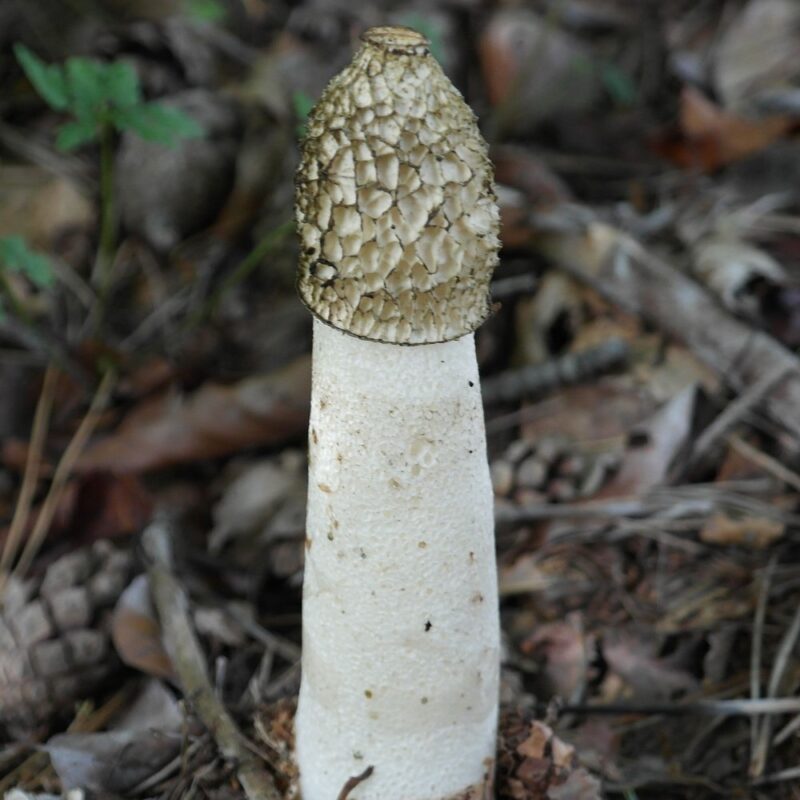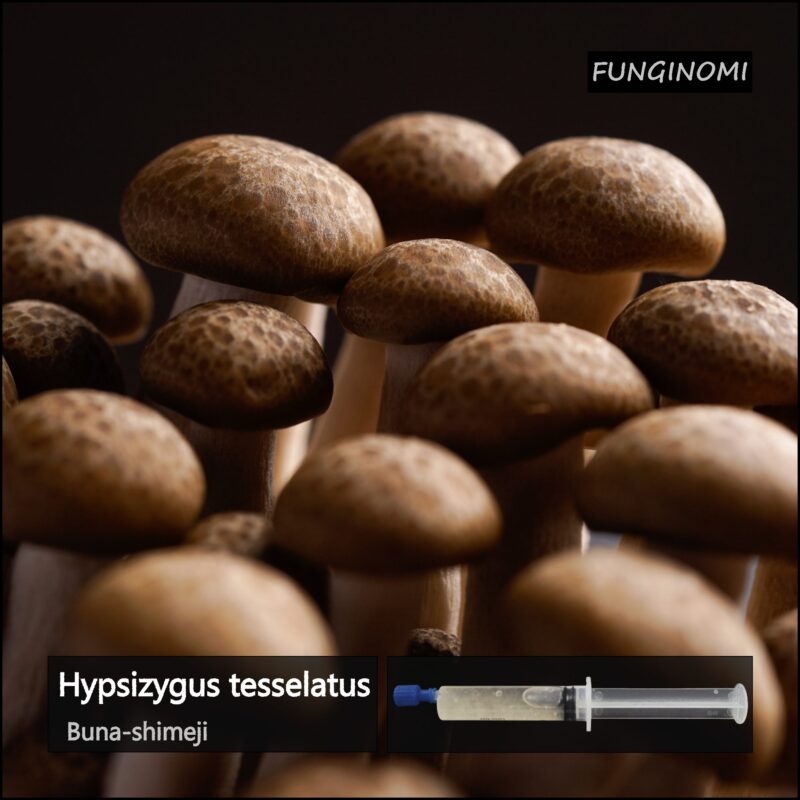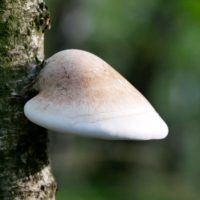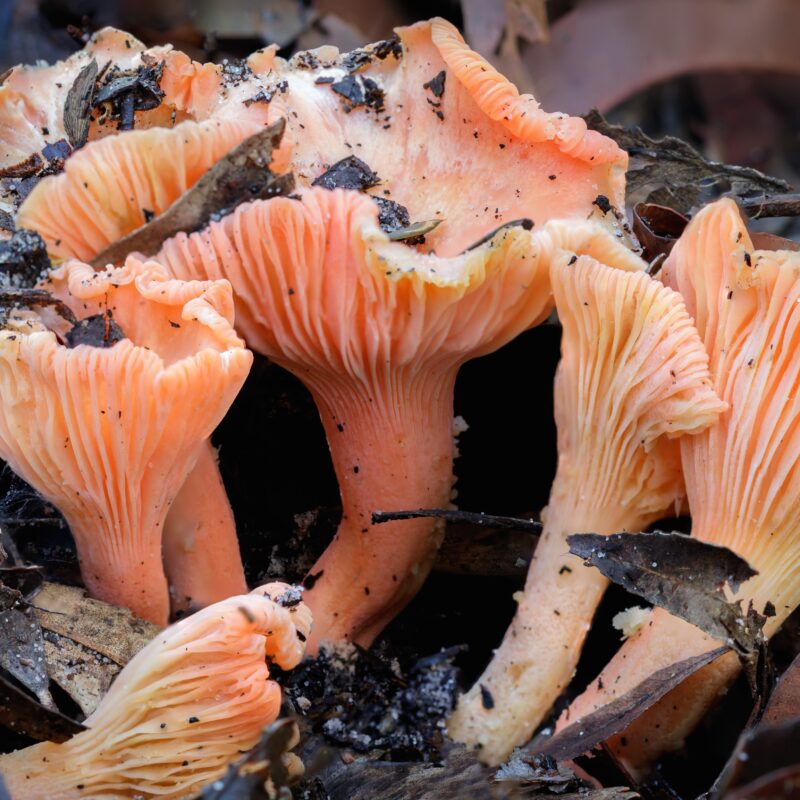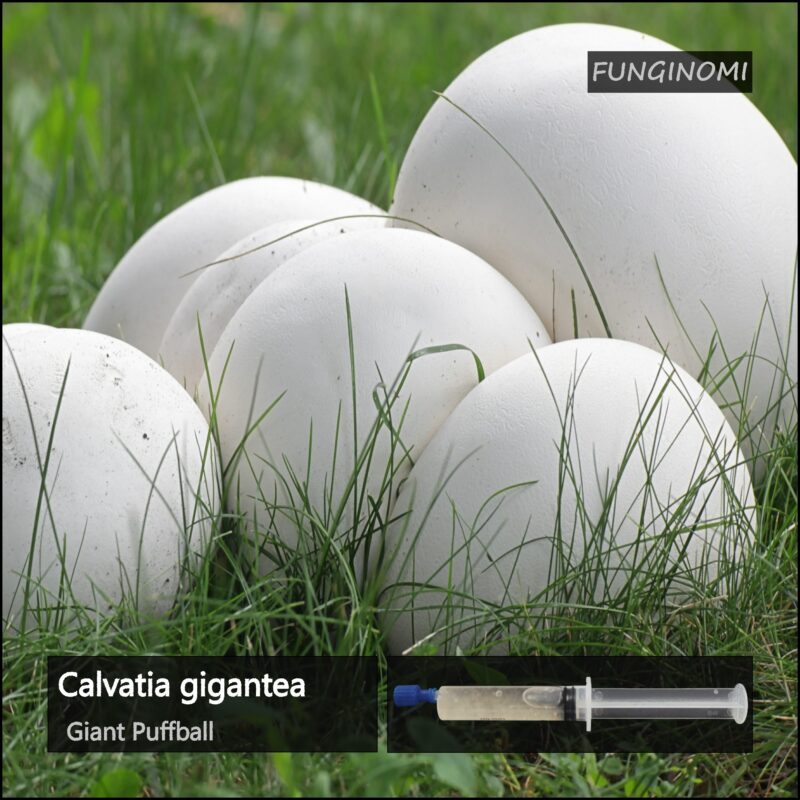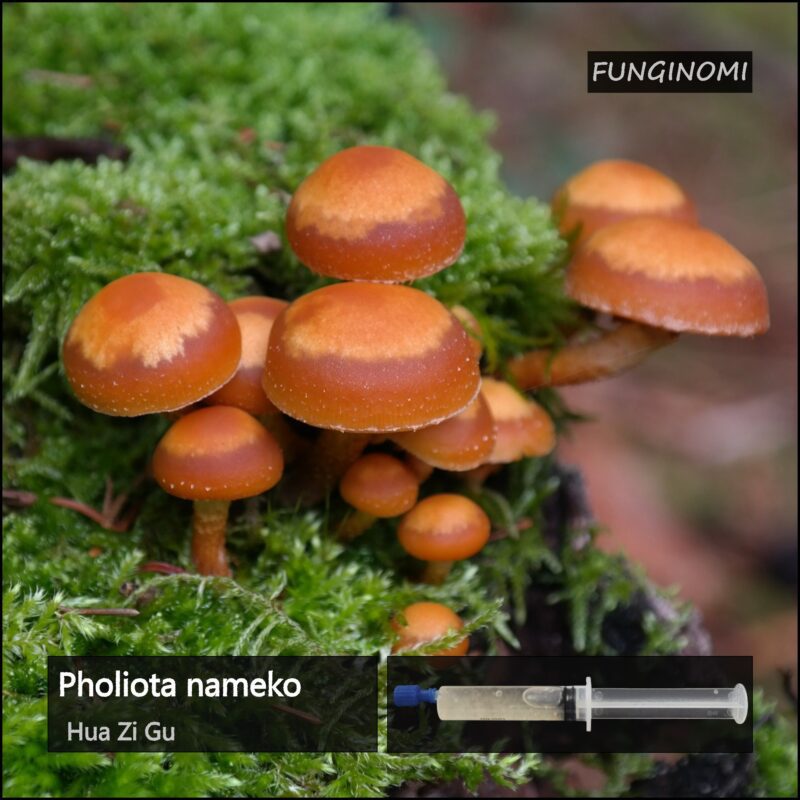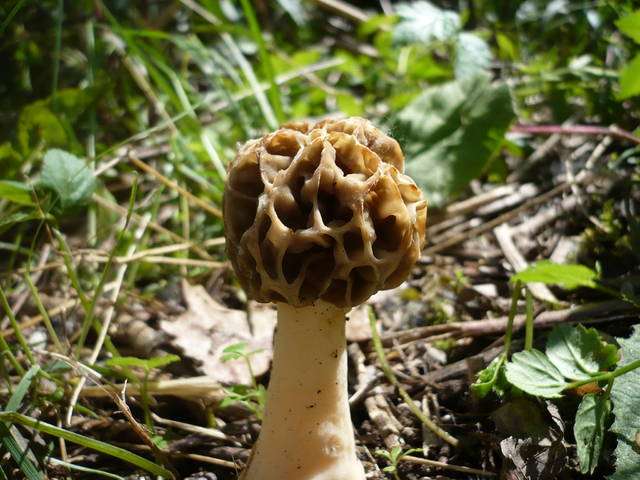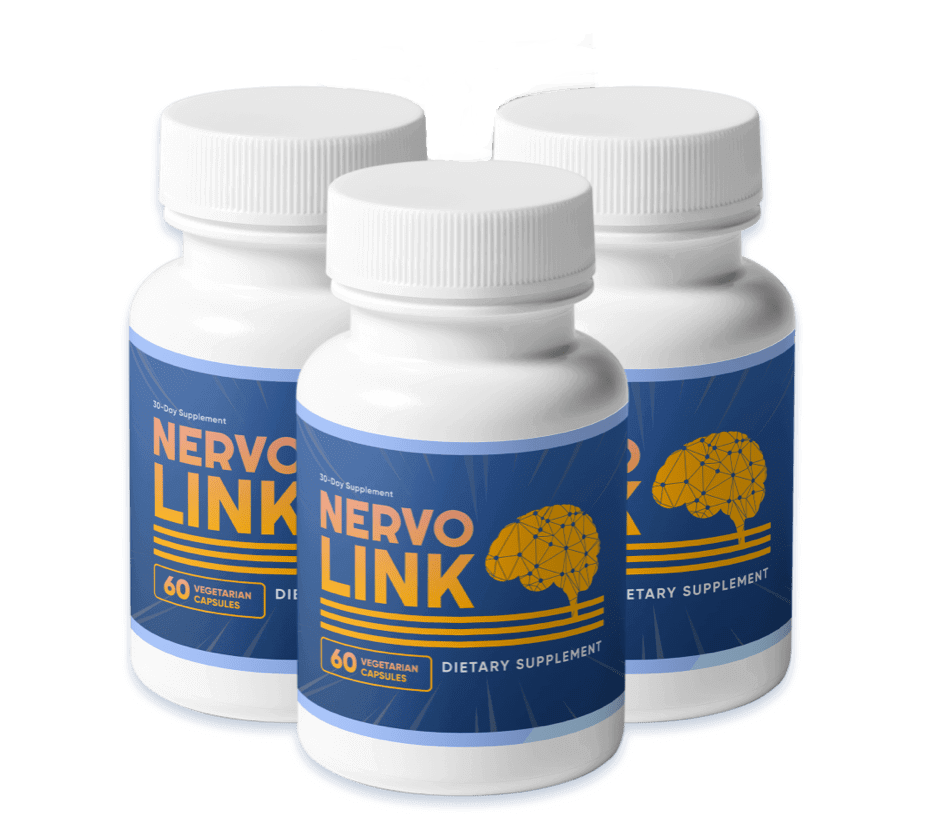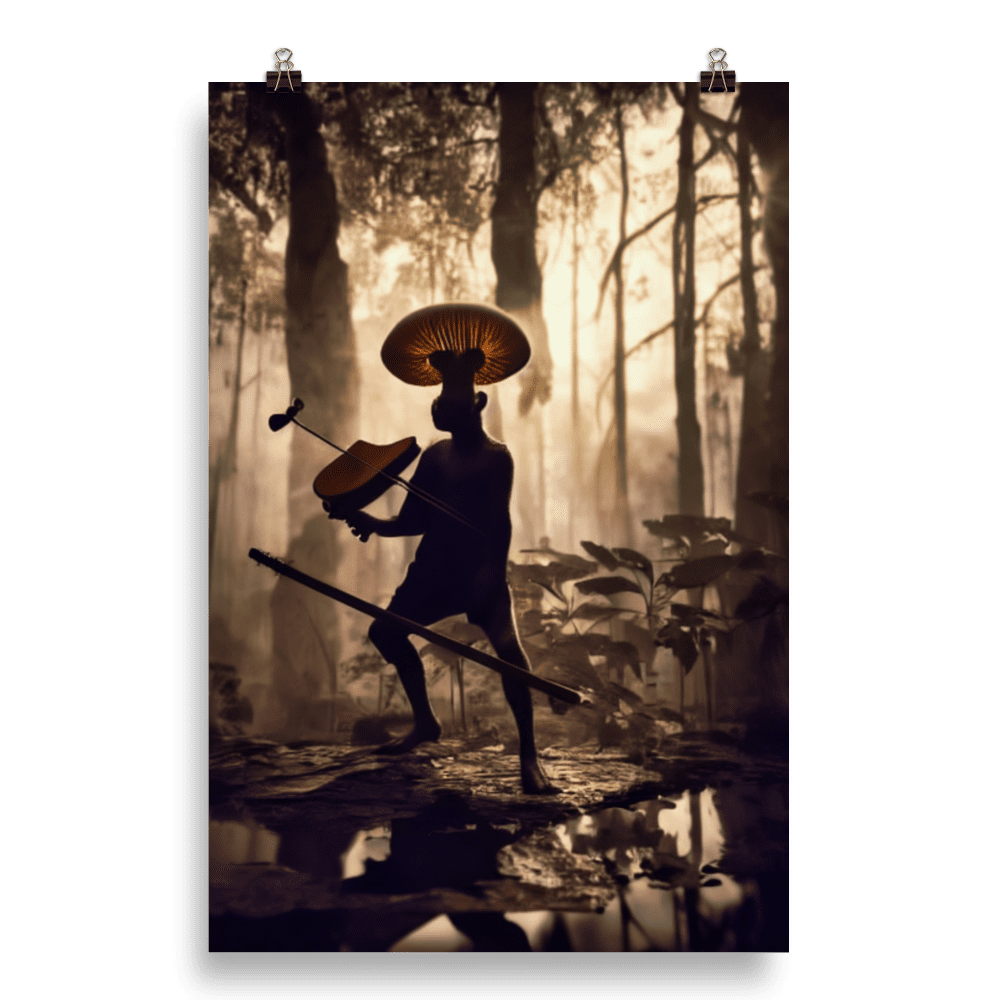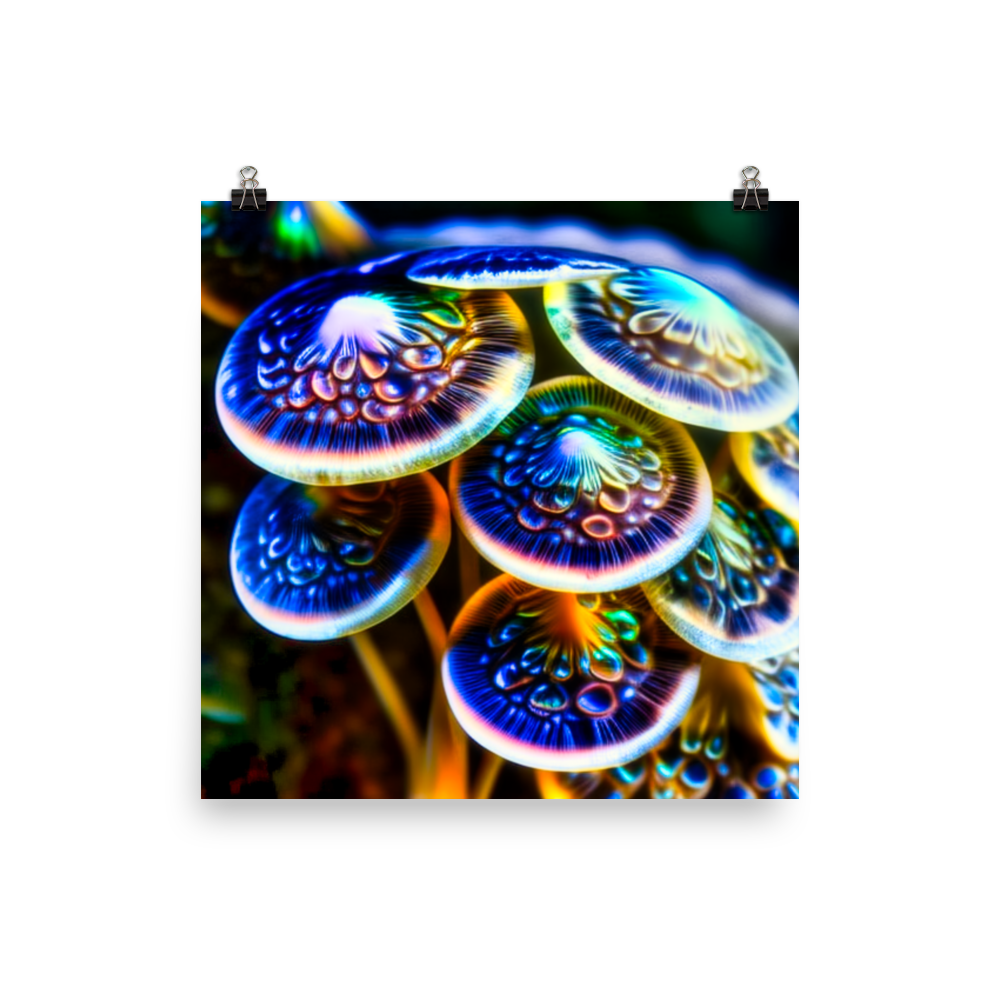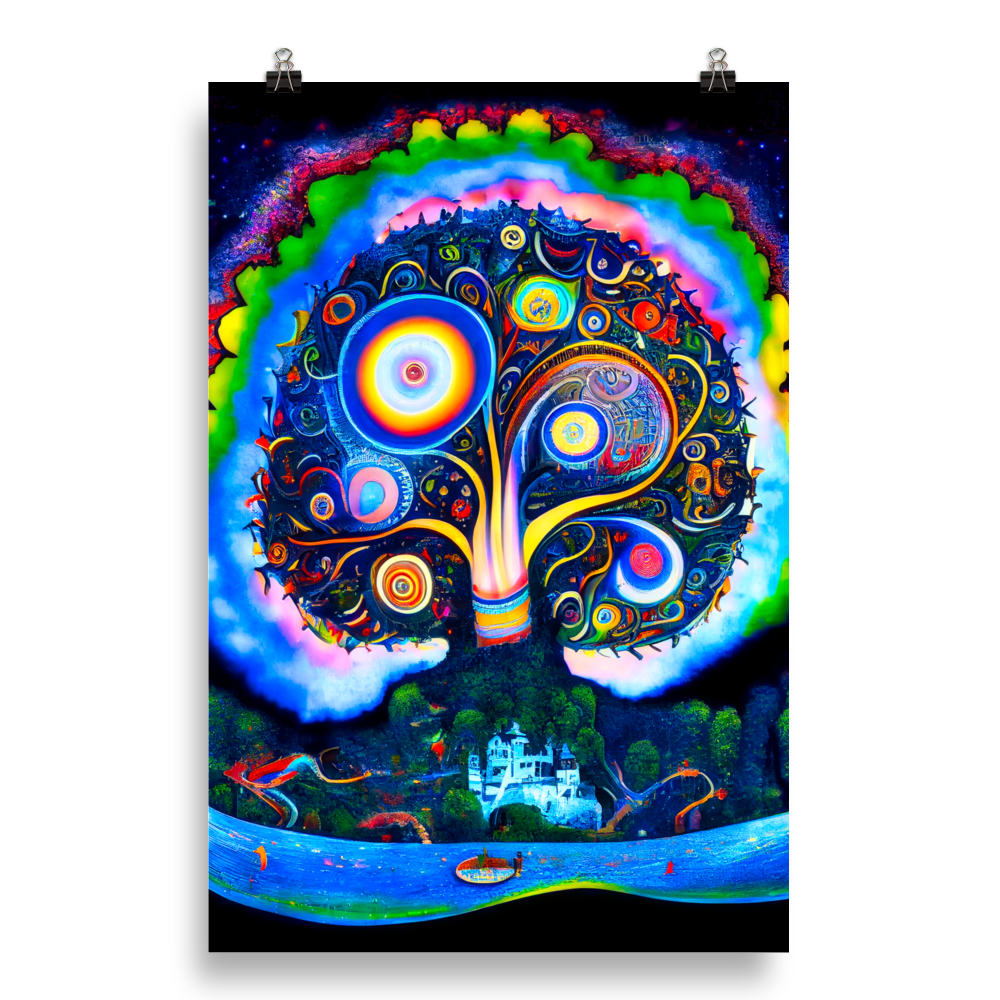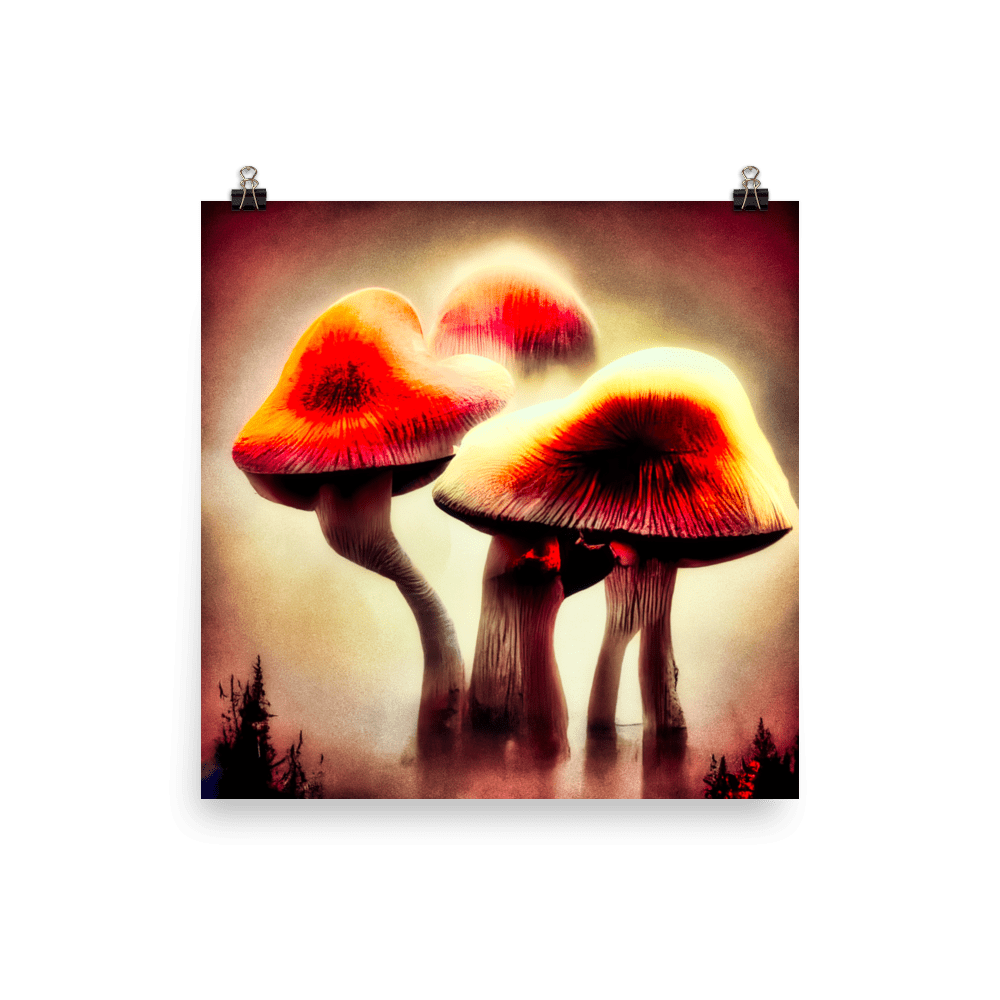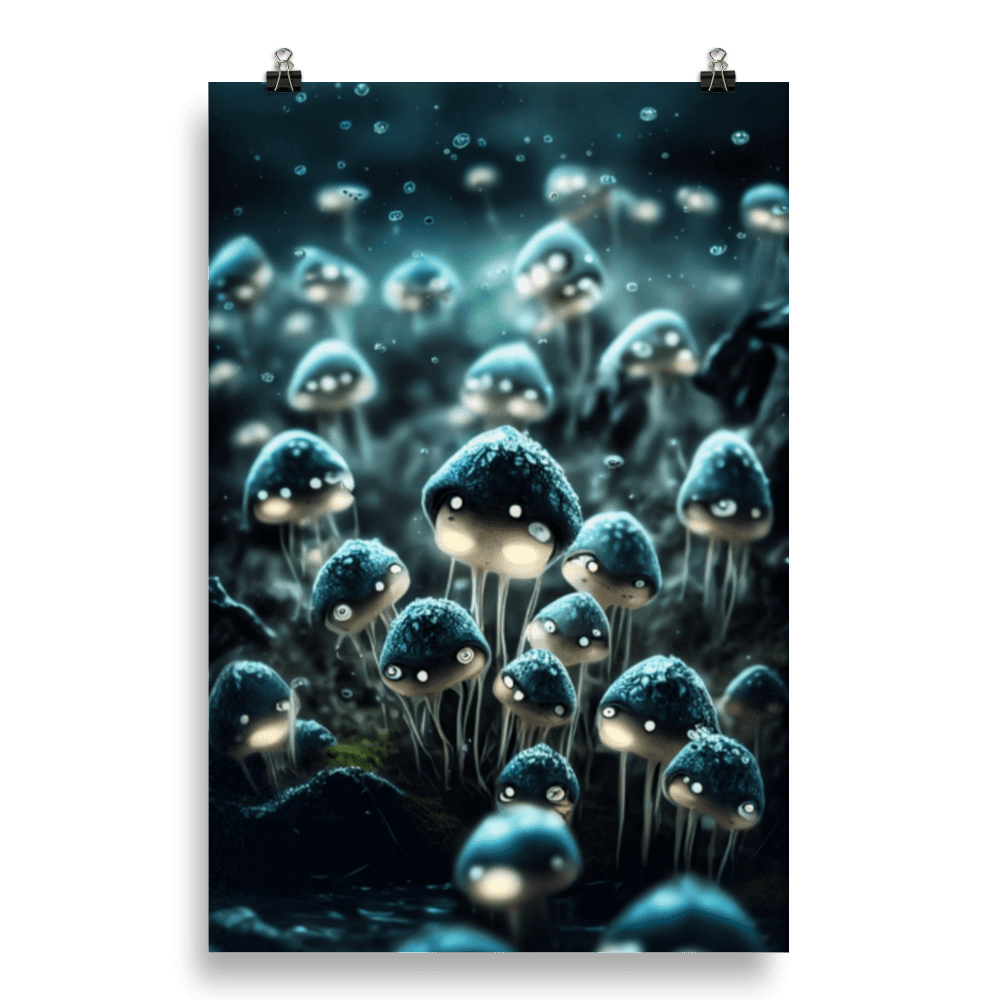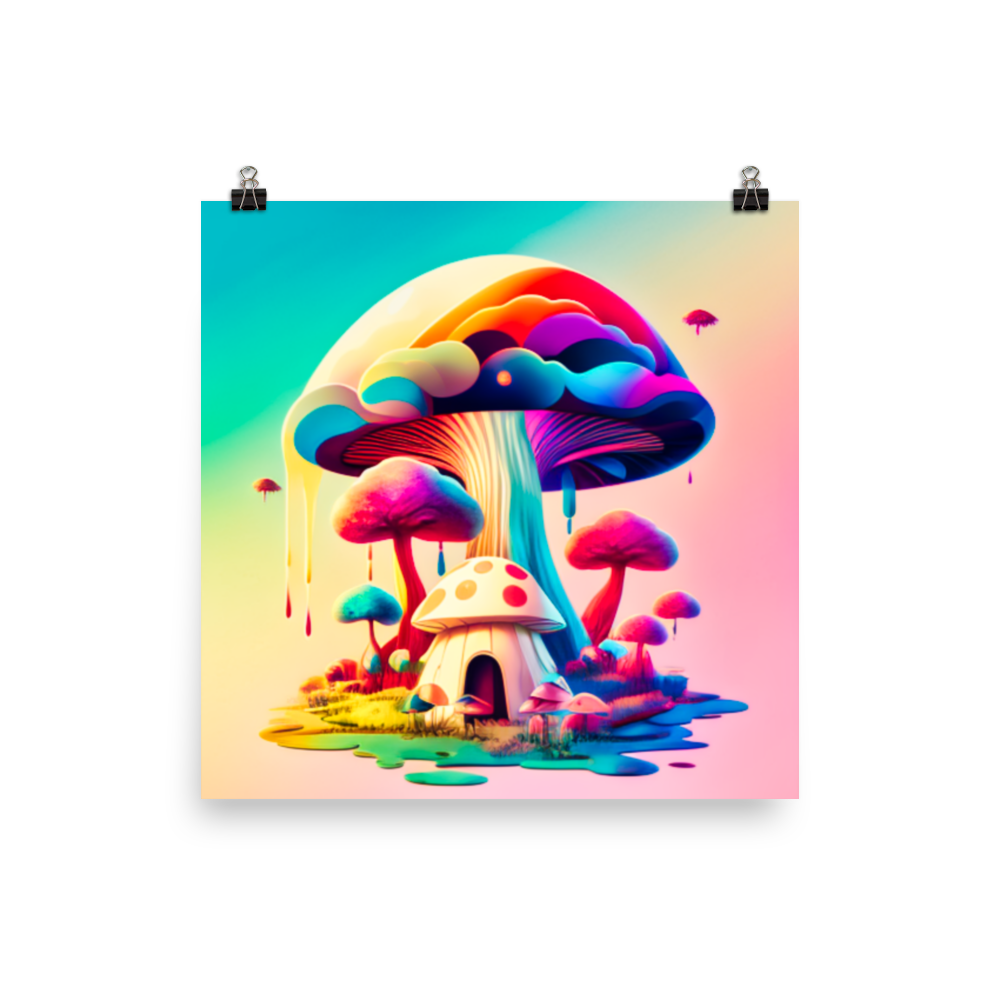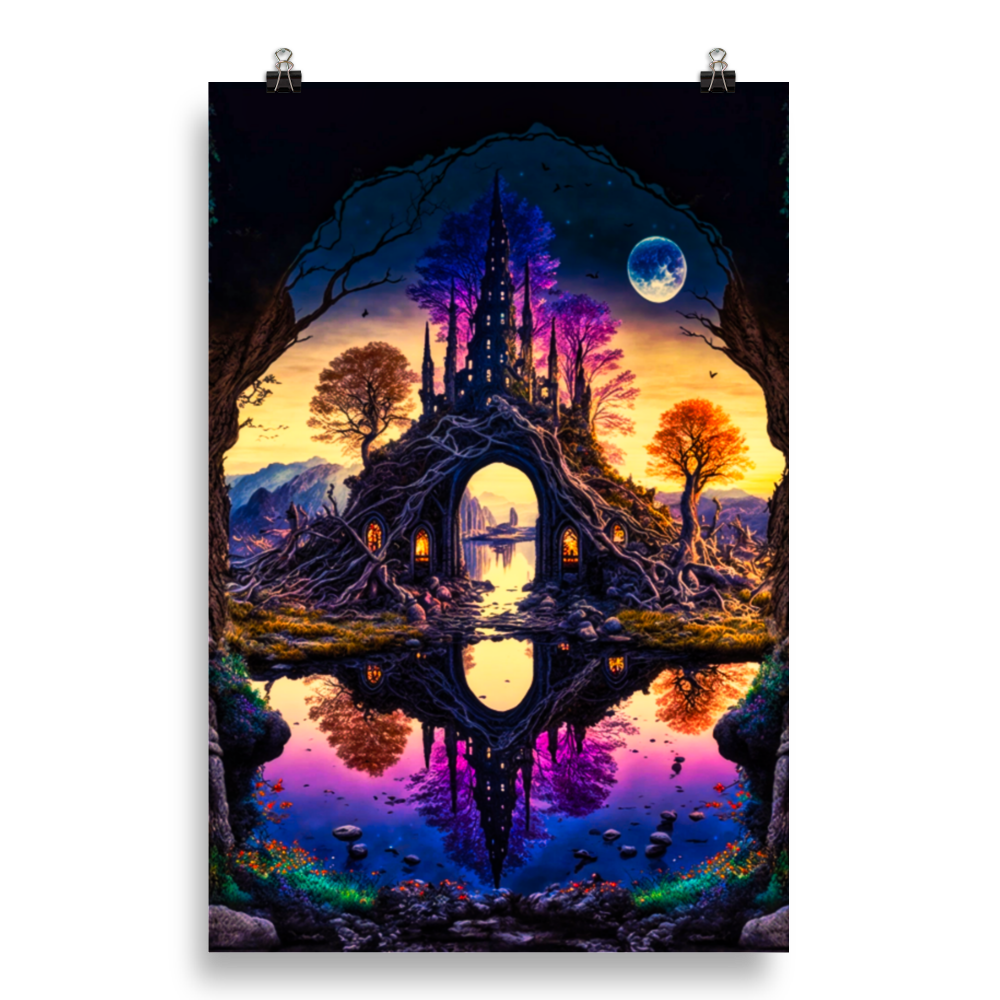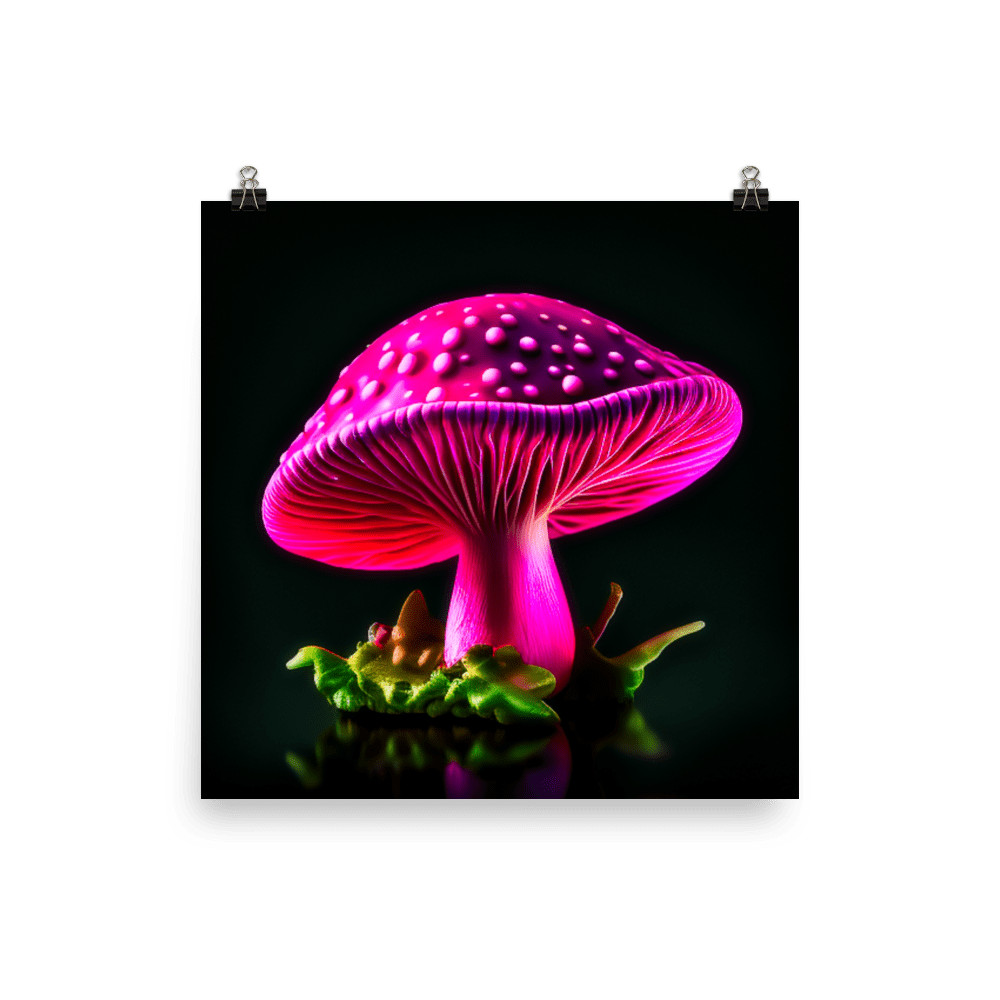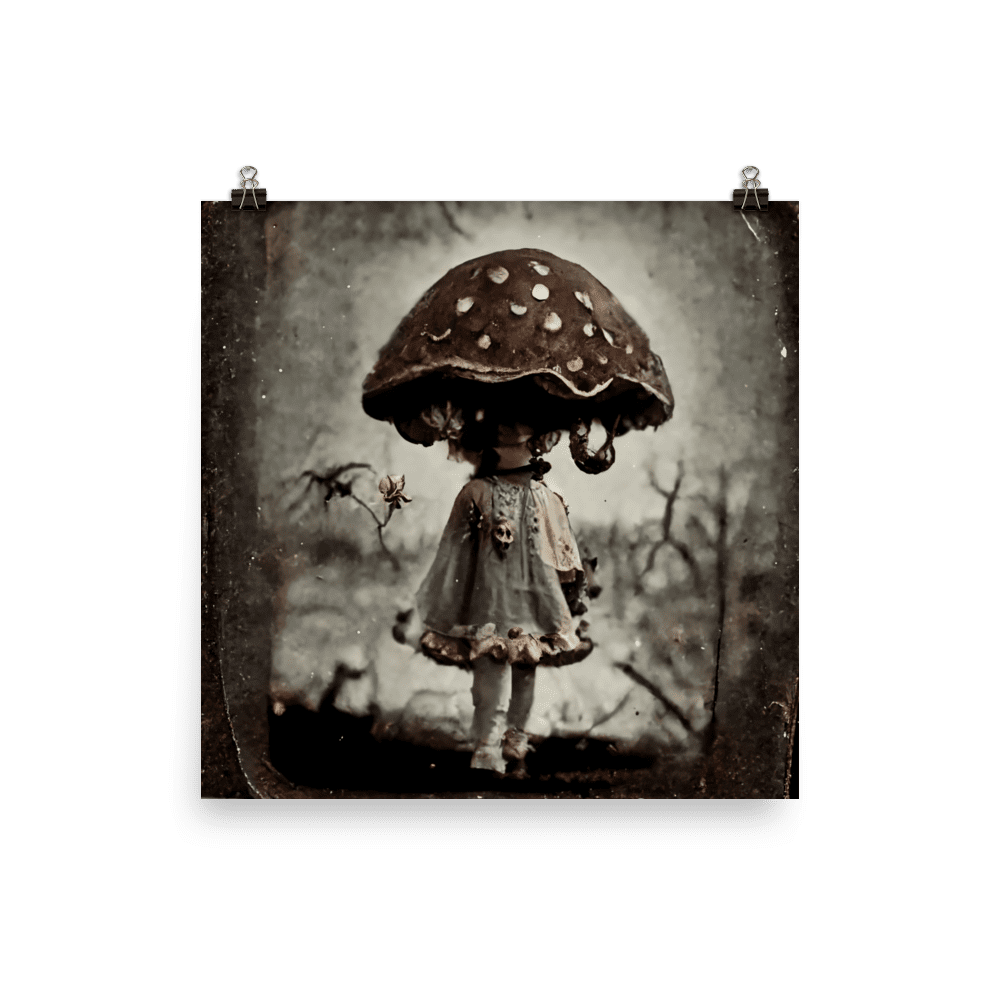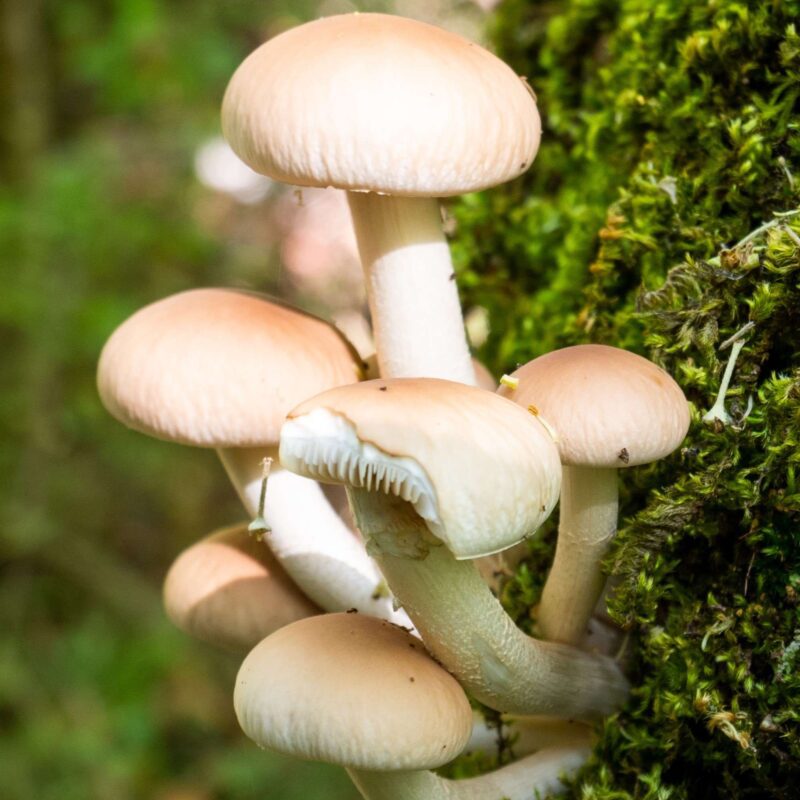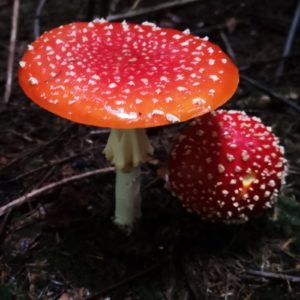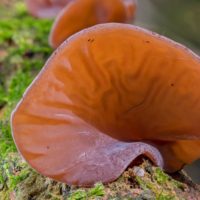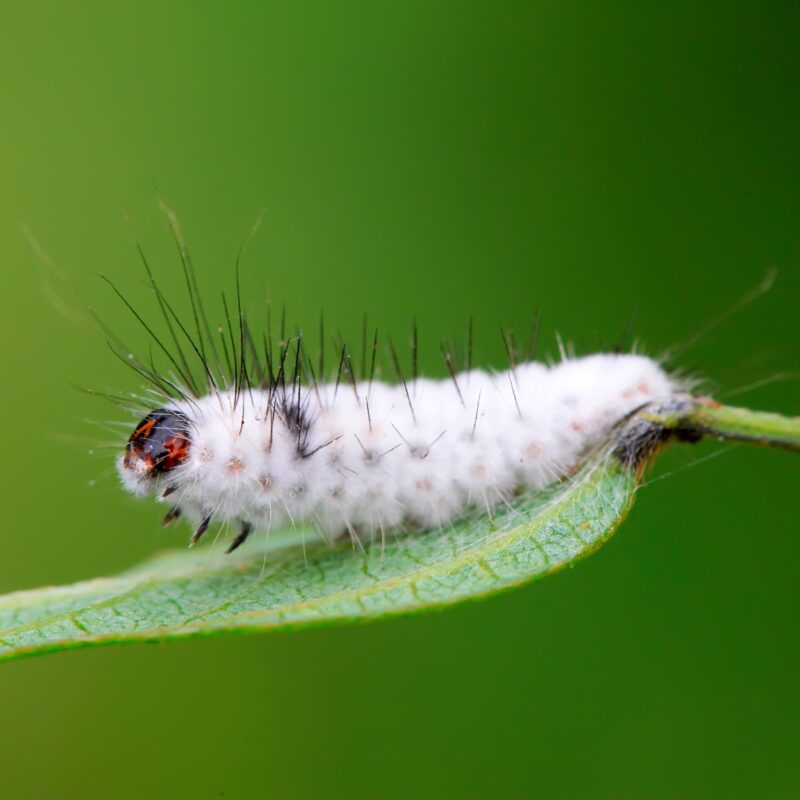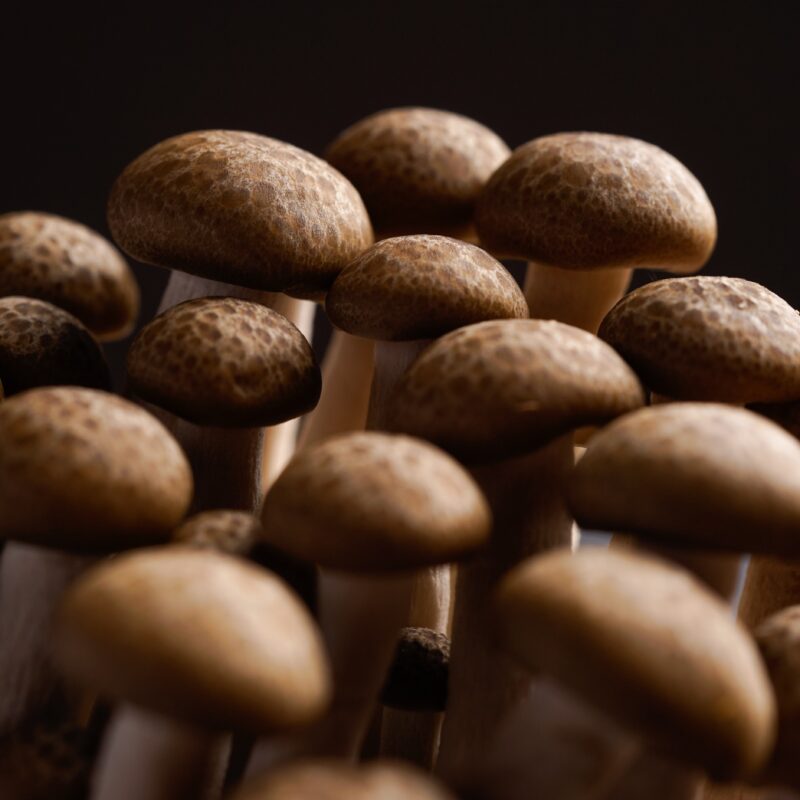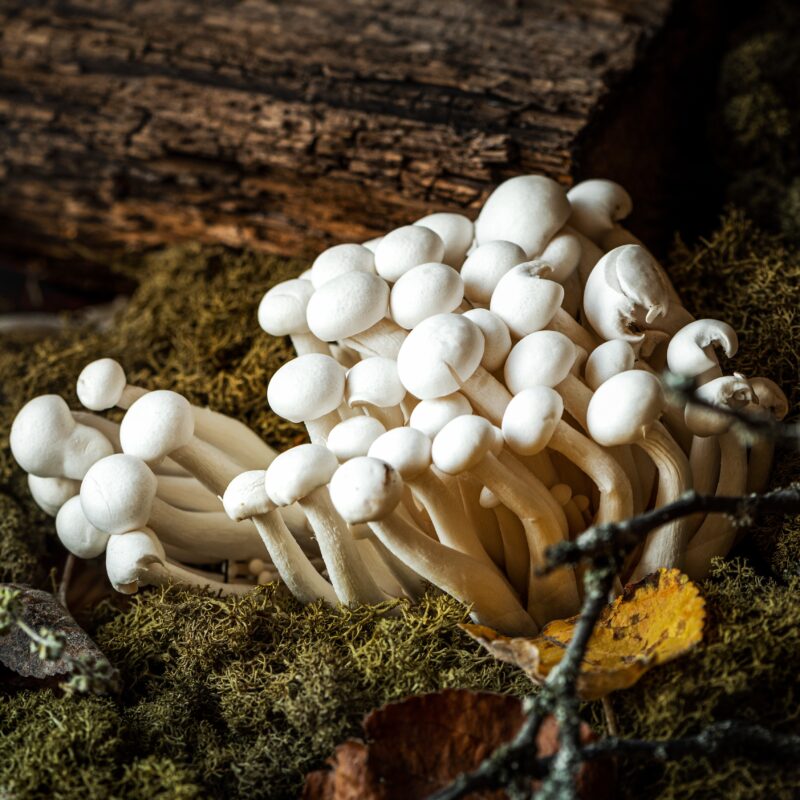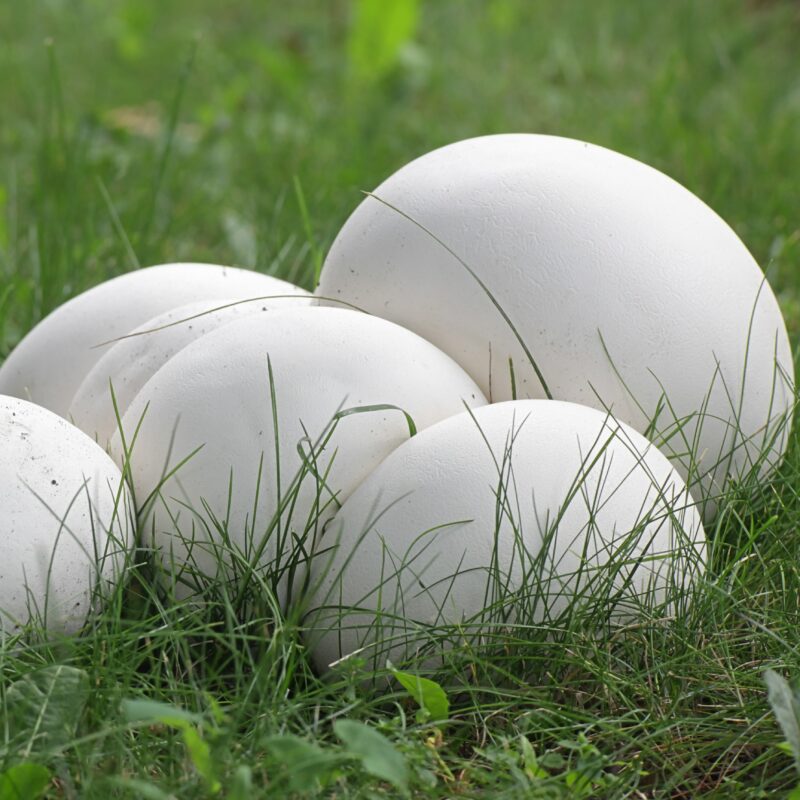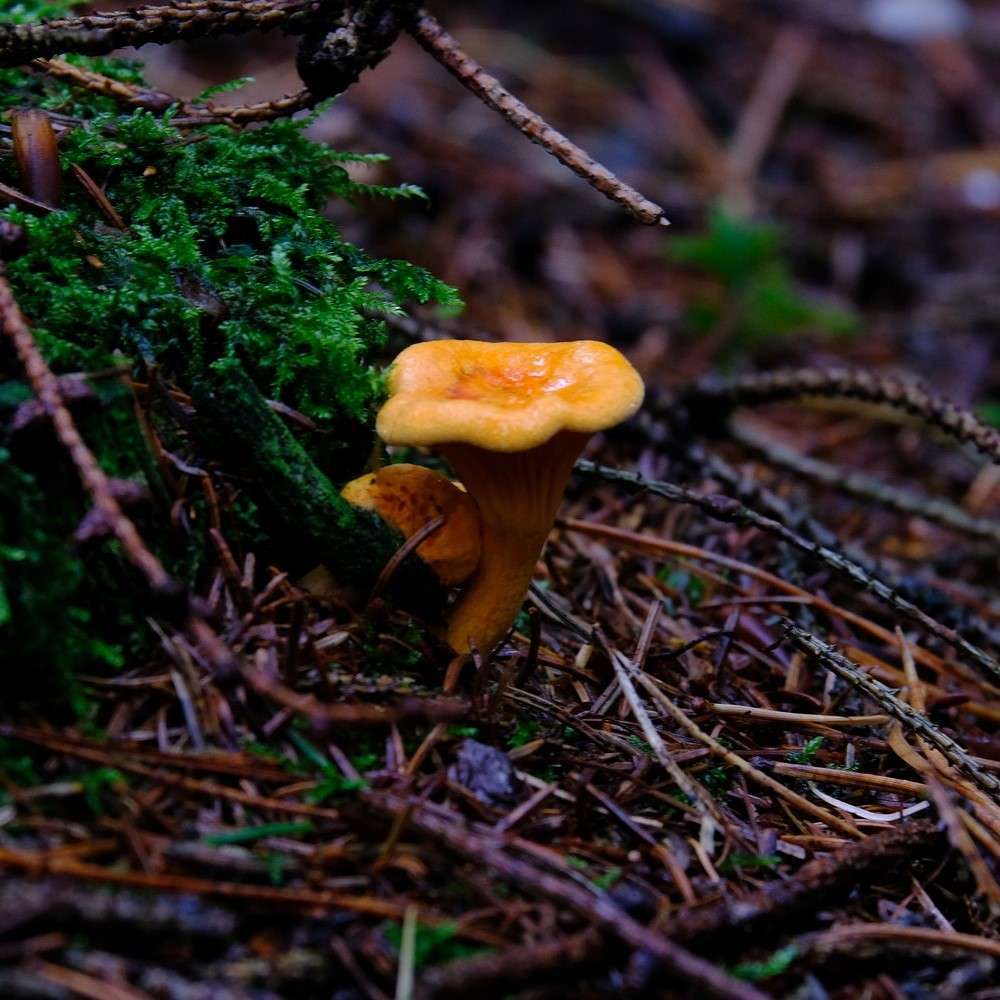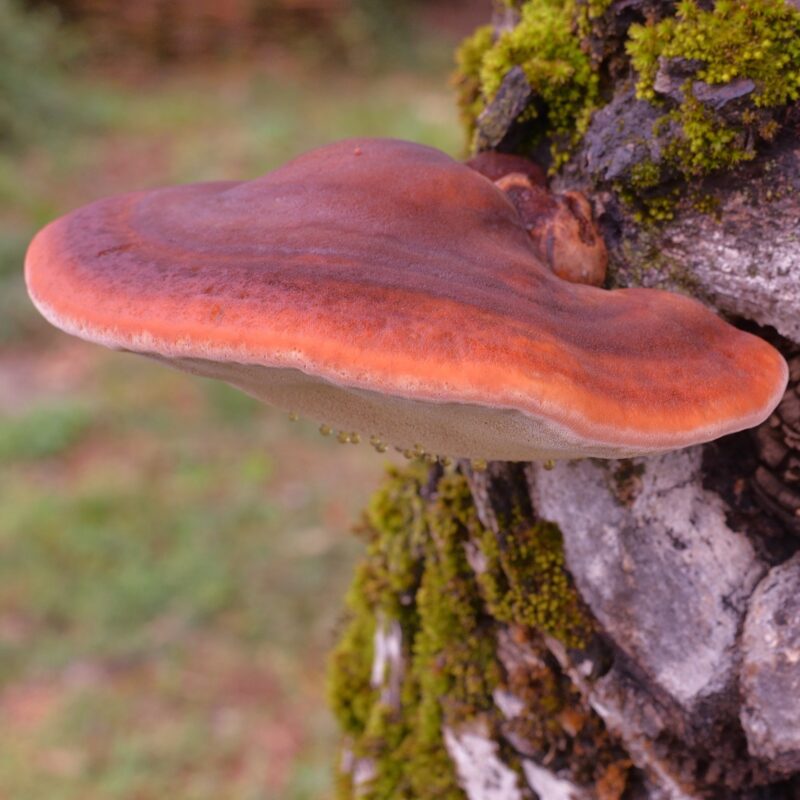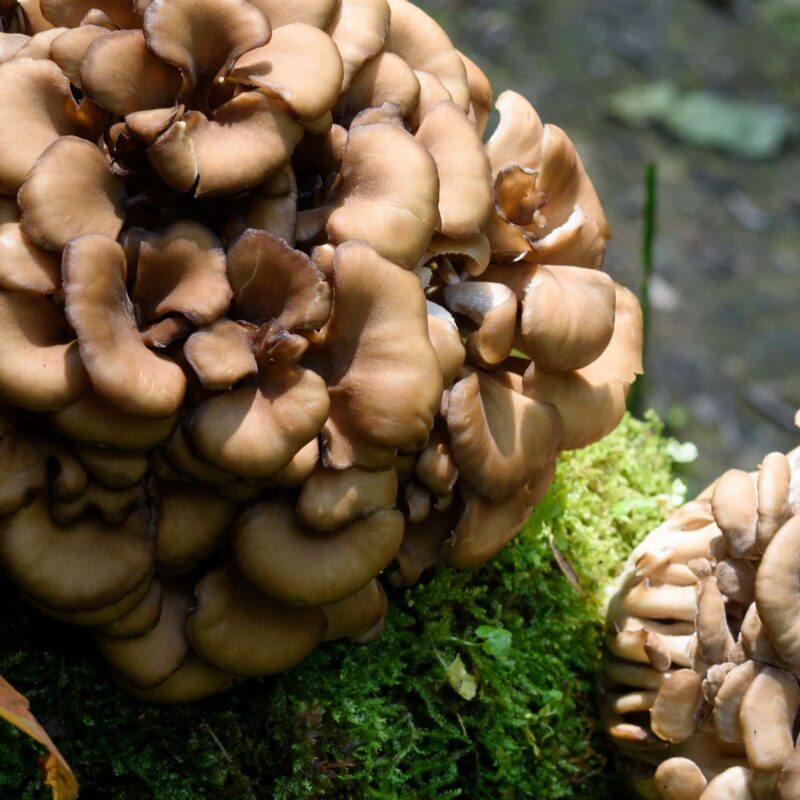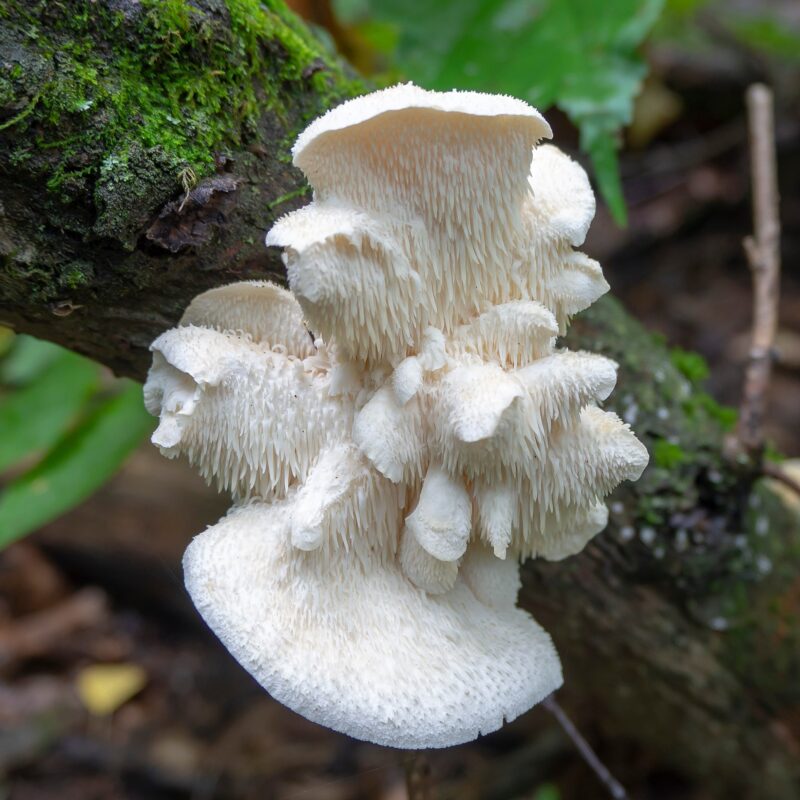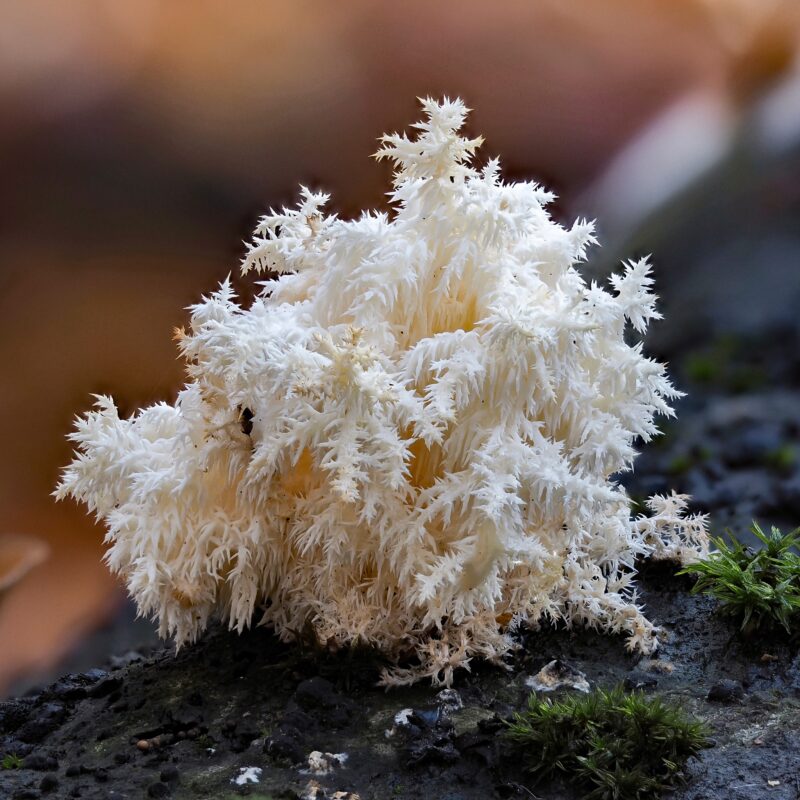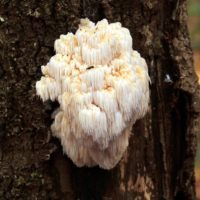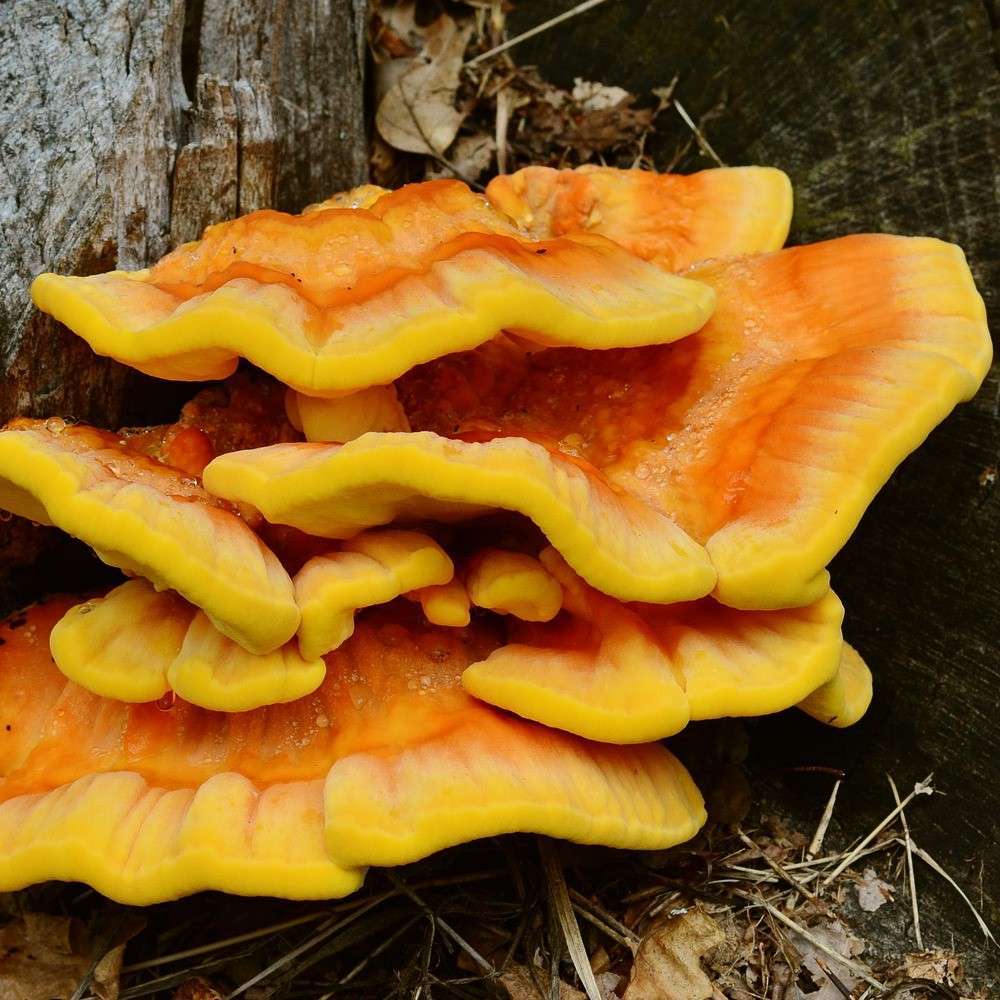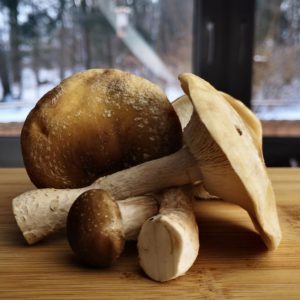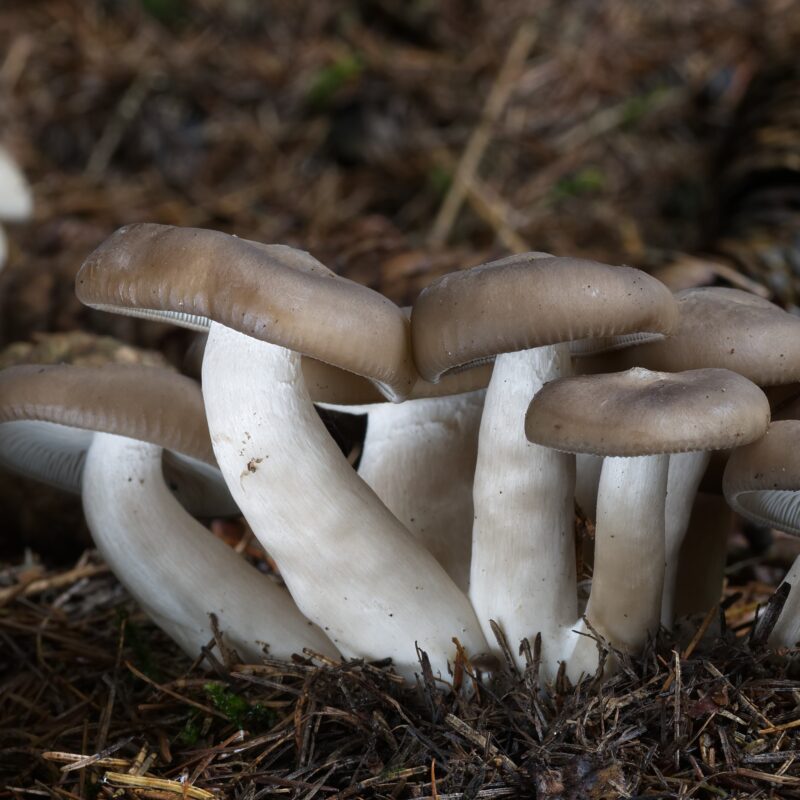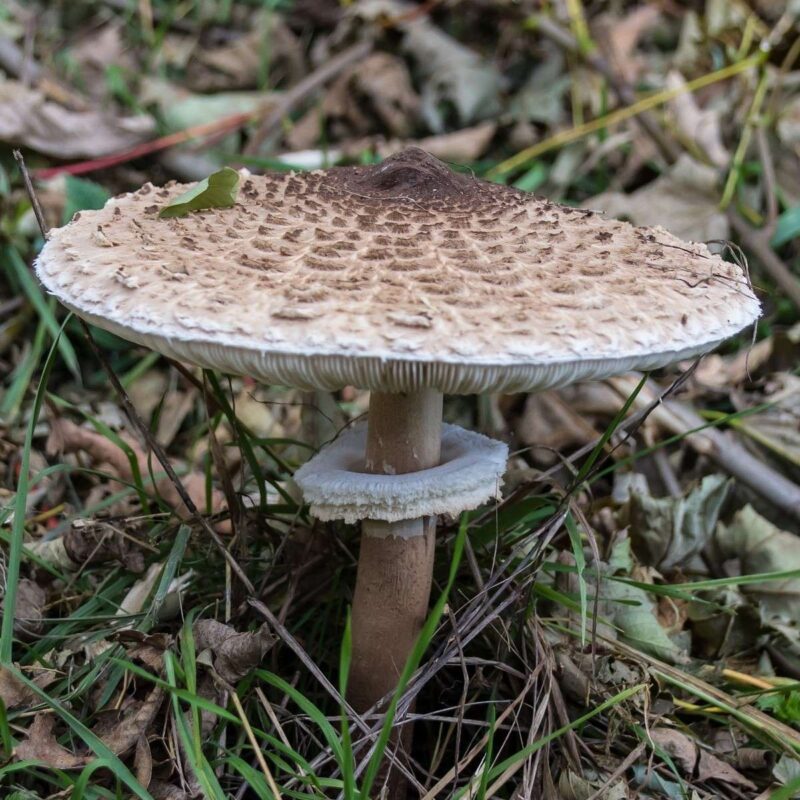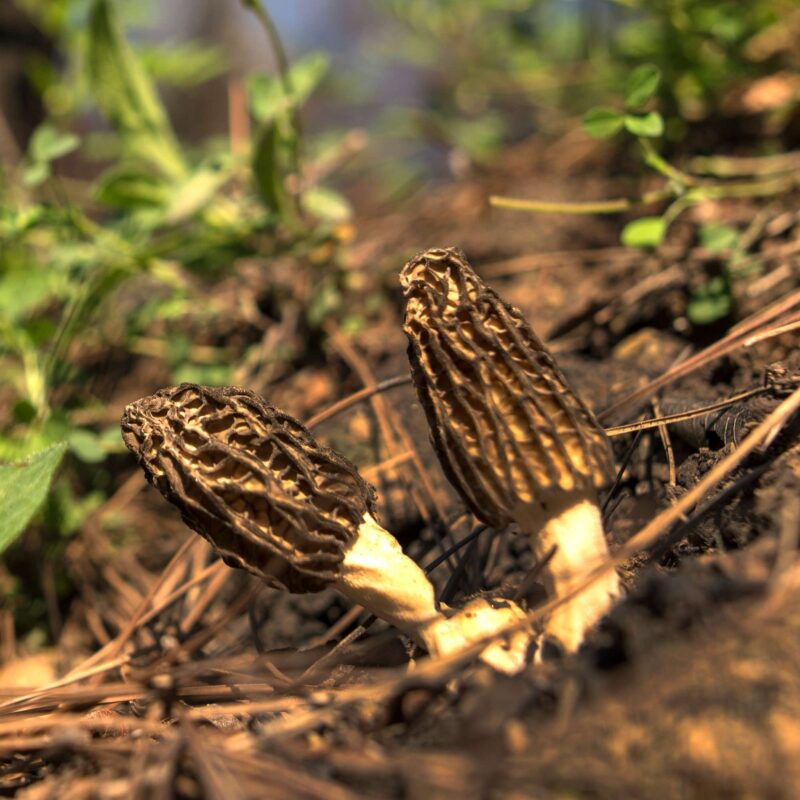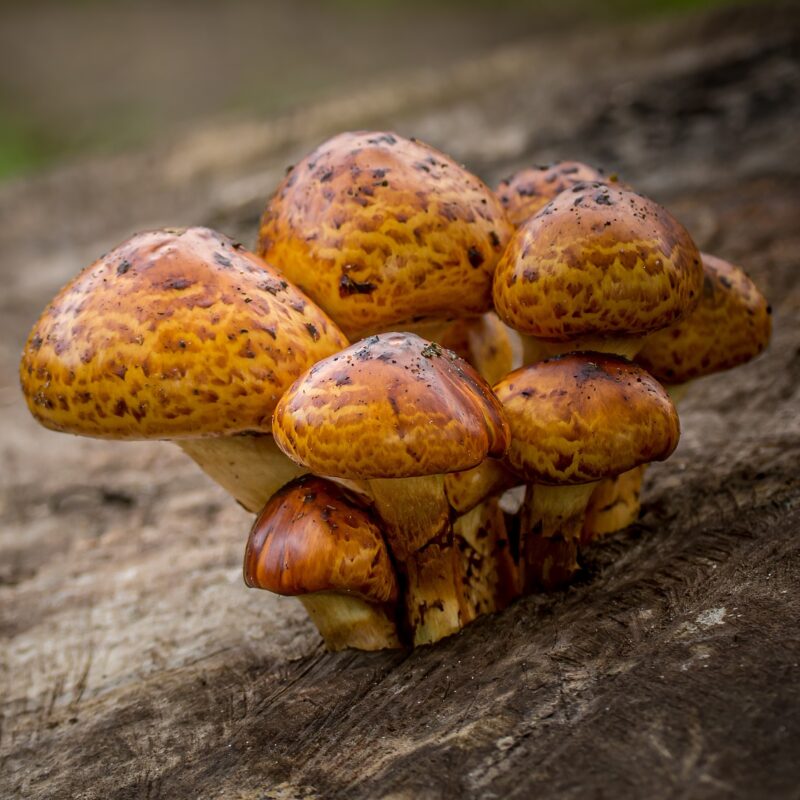Description
Properties
Morchella semilibera is a delicacy around the world and many people will pay top dollar to have them. This organism only comes around for a few months each year, but when it does, people search all over the place (or at least where they think they can be found) to get some of these amazing mushrooms of their own. But have you ever taken the time to think about how these delicious mushrooms grow and live in the wild as well as how they live amongst other species? Today you will find out.
We’ll start off with the most important part of the morel’s life cycle that allows it to be able to live in the areas they are found. The sclerotium (see reproduction) is a hard mass found underground that protects the fungi mycelium when the conditions are not right for the morel to grow. This adaptation allows for the survival of the fungi during droughts, cold weather and other disasters such as fires. After these tough times have ceased, morels are then able to continue on with their life cycle in order to reproduce. Once the morels fruiting body above ground, it releases spores in which to be germinated. The main part of the morel which has adapted to allow it to gain nutrients is the primary and secondary mycelium. The mycelium feeds off nutrients from the roots of the trees it is around which will be further explained in nutrients.
This species is characterised by the predominantly grey colours of its cap and “blistered”, highly irregular appearance of its ridges and pits.
Scientific studies have found antioxidants in Morchella semilibera that can strengthen the immune system and prevent the development of tumors. They are also used as a remedy for indigestion.
A native and everywhere in the northern hemisphere widespread noble delicacy mushroom. In nature, the mushroom is found in the first warm weeks of spring, no morel hunter reveals its locations. The mushroom is in high demand among gourmets, which is reflected in the price. After truffles, real morels are considered the most expensive mushrooms of all.
The morphological features of the Morchella semilibera that aid in it’s survival. Morels can easily hide in plain site amongst a small pile of dead leaves, plants or bark. They’re so well hidden because their unusual ridged patterns along with their light brownish color allows them to become camouflage with the other objects on the forest floor. Morels have adapted to grow in these areas because it is in these areas that they have the most potential to prosper. Along the leaves and bark on the ground come moist areas which are one of the conditions morels need to grow. The morel’s adaptation to stay camouflage allows it to be able to complete the “main objective” of the fruiting body which is to release the spores from the asci in which to reproduce once again.
1. Growing
Growing Procedure
Various simple and more complicated methods are used experimentally around the world. The cultivation of edible morels is considered difficult, but not impossible. A deeper study of the subject is necessary to achieve success. I refer explicitly to Paul Stamets and Tradd Cotter, both of whom can attest to their breeding successes.
The latest scientific findings indicate that a certain soil bacterium must be present for fruiting.
As long as Morchella semilibera was able to germinate, there will always be some form of the morel’s mycelium underground. Their mycelium is protected by the sclerotium until the conditions are right . Once the ground is damp enough and the weather warm enough for morels to prosper (which tends to be anywhere from April to July depending on the location), Morels start “popping”. Now in these areas where the morels grow, other fungi such as the False morel prosper as well.
Morel mushrooms are heterotrophic which means they are “other feeding” and must feed on preformed organic material. It does this by first building a mutualistic relationship with a host such as an ash or elm tree. To form this relationship, the morel’s mycorrhizae (which means fungus root) and creates an ectomycorrhizae sheath around the tree’s root. This sheath has hyphae emanating throughout the soil which increases the surface area. Once the sheath is made, the fungus is able to penetrate between the cells of of the cortex to allow for nutrients to be exchanged. In order for the morel to have nutrients, it must digest then ingest the area it is around. This is made possible by exoenzymes which help rapidly digest the material in order to take the nutrients out of it. The reason this allows for a mutualistic relationship is because both the tree and the fungi gain nutrients from this process.
S
|
P
|
F
|
|
|---|---|---|---|
Temp °C |
15-24 | 8-20 | 16-22 |
Relative Humidity % |
100 | 90-93 soil: 45-60 |
90-95 soil: 45-60 |
Duration d |
10-14 | 7-10 | 18 |
CO2 ppm |
>5000 | ||
FAE per h |
0-1 | 1-2 | 6-8 |
Light lux |
– | dark | 12h cycle |
Affiliate Partner
Growing
Agar Culture Media: MEA, WEA
Cropping:
Containers for fruiting: Straw bales, ready-to-use cultivation in the greenhouse, mushroom bed
Biological efficience:
Substrates: Outdoor Bed, Rye Berries
Growing Characteristics
February to June, consequent decomposer
This flowers & animals also favour their places: Young wild strawberries, primroses, butterbur, lilies of the valley, bluebells, wild garlic, wild anemones, ash trees, many Roman snails (because of the shell, an indicator of calcareous soil).
Courtesy of Tom VolkMorels are non-vascular which means they have no specialized tissues to transport the nutrients they ingest. To move the nutrients throughout the organisms, the hypae contain internal crosswalls called septa. These septa have pores which allow cytoplasm to flow from one cell to the next. This movement allows materials to be transported within the cytoplasm of the cells. When times are “good” and the morel can store food, it stores it as glycogen like many other animals.
Natural Habitat
Morchella semilibera can be found all over the Northern Hemisphere. Mainly being in North America, Central America, Europe and Asia. The morels found in these parts of the world are currently either part of the black morel or yellow morel clades which was further studied and revised in Revision of Morchella Taxonmy .
Morels are most commonly found in forested areas around dead elm trees, Sycamore, apple trees, under wood scraps and Ash trees, but can also be found in other areas. They often tend to grow under objects on the ground as well because of the dampness under them (In Identification you will learn more about where to find morels in the wild).
Alluvial forests, mixed forests, also with intervening pines or firs, overflows, in firewood stores, humus-rich meadows with pools of water, in parks, forest edges, on and around hard forest roads.
Clay soil, soil that has never been fertilized, high moisture, eg from streams, calcareous soil, on burned sites, woodpiles, bark litter
2. Identification
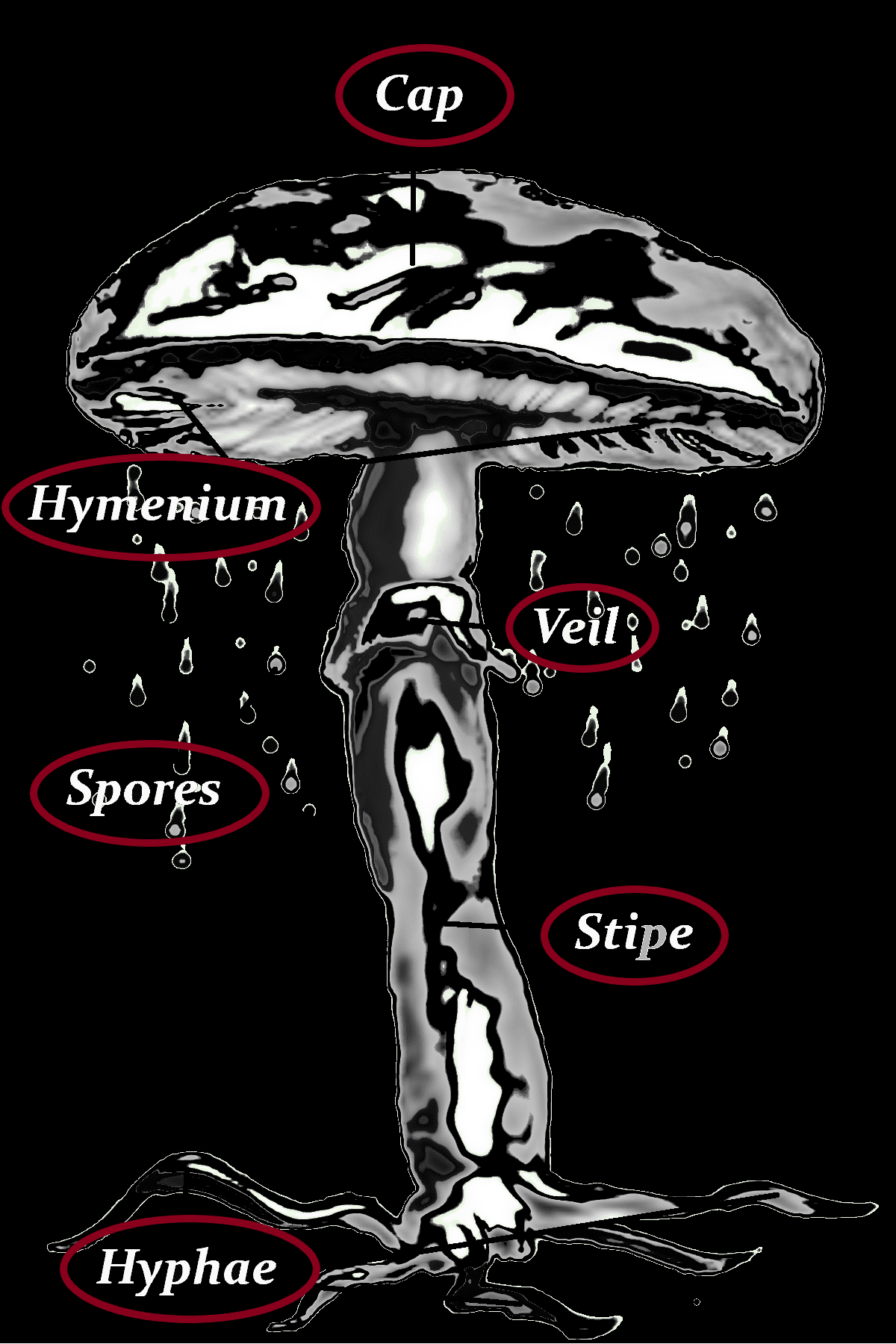
Cap
-2-6 (8) cm Ø
-light brown, grayish brown, sooty brown
-also stained with rust
-cap with fused stem without cleft
-lack of yellow ocher tones
-alveolar with deep cavities
Hymenium
–
Veil
–
Stipe
-2.5-4 (5) cm long
-basally 1.3-3.6 (4) cm Ø wide
-hollow
-chambered
-pyramidal tapering towards the tip of the cap
-whitish
Hyphae
perfect for liquid culture
Spores
off-white (16-23 x 7-12 µm)
Danger of confusion
other morels
3. Consuming
Gourmet
But be careful: Morchella semilibera eaten raw are highly poisonous, there have already been deaths. In addition, eating the mushroom can trigger the so-called Morchella syndrome in some people.
A classic sauce mushroom, which develops its flavor best in a cream sauce.
Flesh
light whitish yellow, hollow, waxy, brittle
Taste
mild, raw poisonous
Smell
pleasantly spicy, spermatic, mushroom like
Nutritional content per 100g
| Water | 89.6g |
| Energy | 31kcal |
| Energy | 129kJ |
| Protein | 3.12g |
| Total lipid (fat) | 0.57g |
| Ash | 1.58g |
| Carbohydrate, by difference | 5.1g |
| Fiber, total dietary | 2.8g |
| Sugars, total including NLEA | 0.6g |
| Sucrose | 0g |
| Glucose | 0.6g |
| Fructose | 0g |
| Lactose | 0g |
| Maltose | 0g |
| Galactose | 0g |
| Calcium, Ca | 43mg |
| Iron, Fe | 12.2mg |
| Magnesium, Mg | 19mg |
| Phosphorus, P | 194mg |
| Potassium, K | 411mg |
| Sodium, Na | 21mg |
| Zinc, Zn | 2.3mg |
| Copper, Cu | 625mg |
| Manganese, Mn | 587mg |
| Selenium, Se | 2.2µg |
| Thiamin | 69mg |
| Riboflavin | 205mg |
| Niacin | 2.25mg |
| Pantothenic acid | 0.44mg |
| Vitamin B-6 | 136mg |
| Folate, total | 9µg |
| Folic acid | 0µg |
| Folate, food | 9µg |
| Folate, DFE | 9µg |
| Vitamin A, RAE | 0µg |
| Carotene, beta | 0µg |
| Carotene, alpha | 0µg |
| Cryptoxanthin, beta | 0µg |
| Vitamin A, IU | 0µg |
| Lycopene | 0µg |
| Lutein + zeaxanthin | 0µg |
| Vitamin D (D2 + D3), International Units | 206IU |
| Vitamin D (D2 + D3) | 5.1µg |
| Vitamin D2 (ergocalciferol) | 5.1µg |
| Vitamin D3 (cholecalciferol) | 0µg |
| Fatty acids, total saturated | 65g |
| SFA 10:0 | 1g |
| SFA 14:0 | 1g |
| SFA 16:0 | 52g |
| SFA 18:0 | 9g |
| SFA 24:0 | 1g |
| Fatty acids, total monounsaturated | 52g |
| MUFA 16:1 | 2g |
| MUFA 16:1 c | 2g |
| MUFA 18:1 | 22g |
| MUFA 18:1 c | 22g |
| MUFA 24:1 c | 3g |
| Fatty acids, total polyunsaturated | 433g |
| PUFA 18:2 | 215g |
| PUFA 18:2 n-6 c,c | 215g |
| PUFA 20:2 n-6 c,c | 1g |
| Campesterol | 3mg |
© U.S. Department Of Agriculture
4. Data med, edible
other names
| Niederländisch |
Hersenkronkelmorielje
|
| Russisch |
Сморчок обыкновенный
|
| Tschechisch | smrž jedlý |
| Wissenschaftl. Name |
Morchella acerina
|
| Wissenschaftl. Name |
Morchella anthracina
|
| Wissenschaftl. Name |
Morchella conica pygmaea
|
| Wissenschaftl. Name |
Morchella lepida
|
| Wissenschaftl. Name |
Morchella robiniae
|
| Wissenschaftl. Name |
Morchella spongiola
|
| Wissenschaftl. Name |
Morchella vulgaris
|
| Wissenschaftl. Name |
Morchella vulgaris aucupariae
|
other names
Gemeine Morchel, Graue Speisemorchel Speisemorchel, Rund-Morchel, Common Morel, Morchella Vulgaris (Syn. Morchella Esculenta Var. Vulgaris)
| Kingdom | Fungi |
|---|
| Division | Ascomycota |
| Class | Pezizomycetes |
| Order | Pezizales |
| Family | Morchellaceae |
| Genus | Morchella |
| Species | M. vulgaris |
| Ecology | Saprotrophic |




